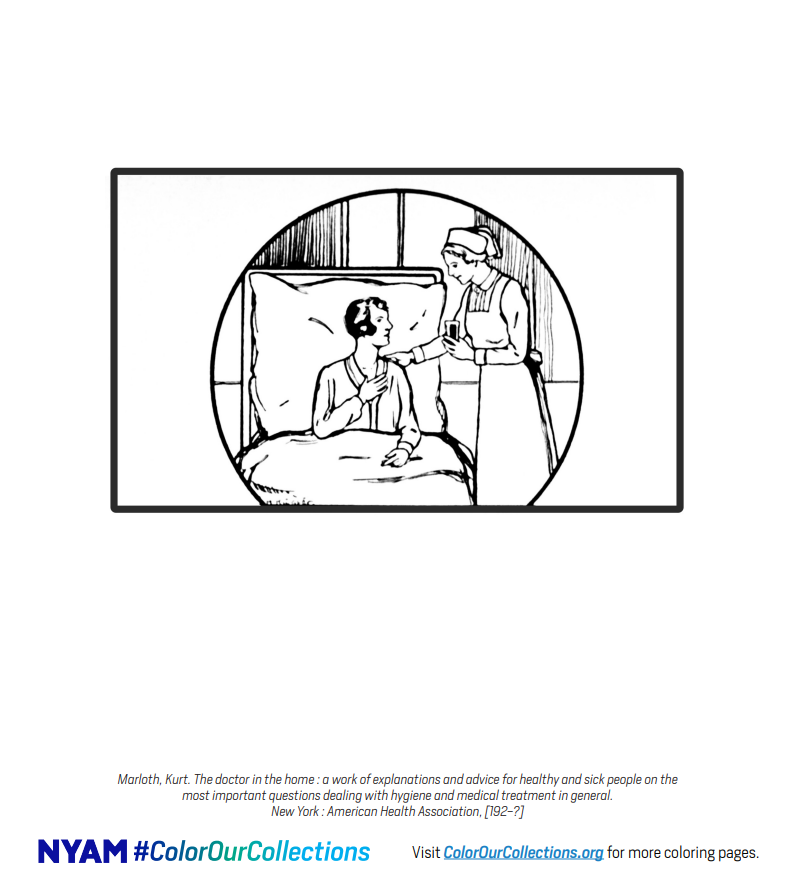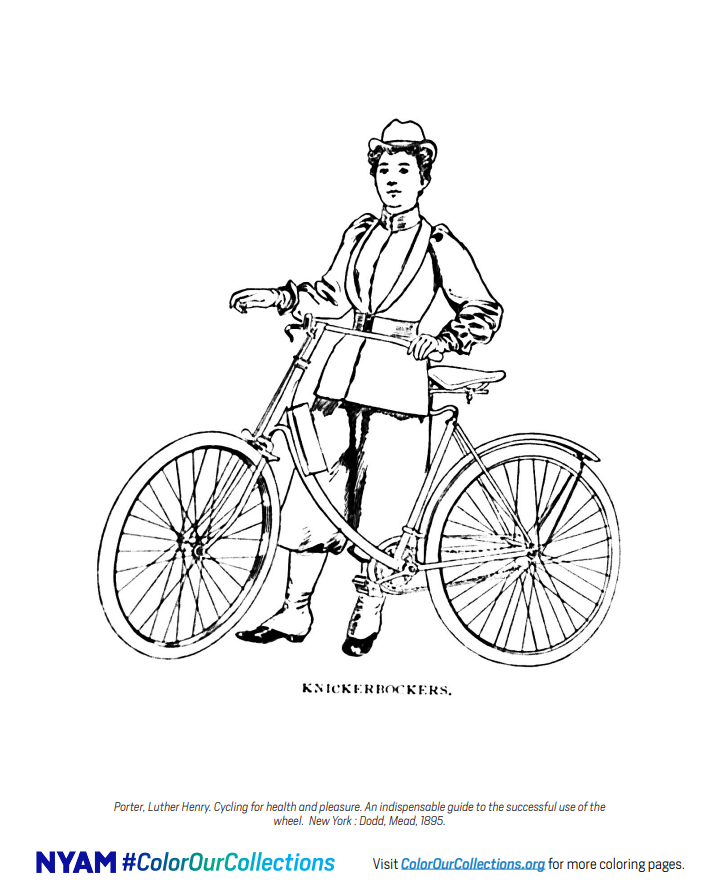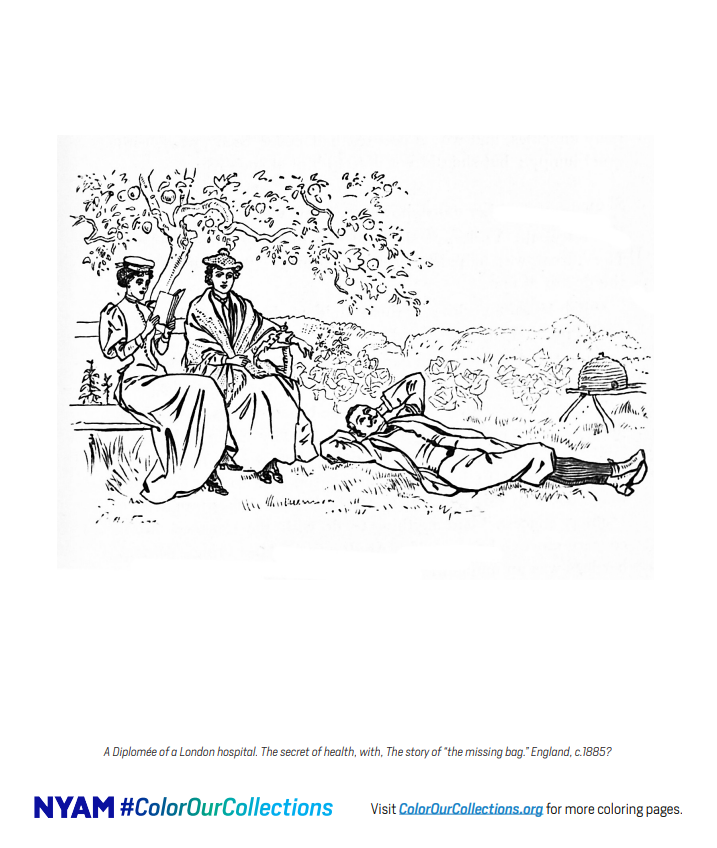 Today’s guest post is written by Harriet Washington, a science writer, editor and ethicist. She is the author of several books, including Medical Apartheid: The Dark History of Experimentation from Colonial Times to the Present. On Wednesday, March 15 at 6pm, Washington will discuss: “Infectious Madness, the Well Curve and the Microbial Roots of Mental Disturbance.” In this talk, based on her book Infectious Madness: The Surprising Science of How We “Catch” Mental Illness, Washington traces the history, culture and some disturbing contemporary manifestations of this ‘infection connection.” To read more about this lecture and to register, go HERE.
Today’s guest post is written by Harriet Washington, a science writer, editor and ethicist. She is the author of several books, including Medical Apartheid: The Dark History of Experimentation from Colonial Times to the Present. On Wednesday, March 15 at 6pm, Washington will discuss: “Infectious Madness, the Well Curve and the Microbial Roots of Mental Disturbance.” In this talk, based on her book Infectious Madness: The Surprising Science of How We “Catch” Mental Illness, Washington traces the history, culture and some disturbing contemporary manifestations of this ‘infection connection.” To read more about this lecture and to register, go HERE.
“Mind, independent of experience, is inconceivable.” —Franz Boas
Psychological trauma, stress, genetic anomalies and other experiences that limit the healthy functioning of the mind and brain are widely recognized as key factors in the development of schizophrenia, major depression, and bipolar disorder. However, despite a plethora of examples and evidence of microbial disorders from rabies to paresis, infection has been slow to join the pantheon. This aversion persists largely because the perceived causes of mental disorders have evolved not only with our scientific knowledge of medicine but also with our tenacious cultural beliefs and biases. Instead, we have long clung to what Robert Sapolsky calls a “primordial muck” of attribution that includes broken taboos, sin—one’s own or one’s forbears’— and even bad mothering.

Representation of the dancing mania by Flemish painter Pieter Brueghel the Younger.Source.
Flemish painter Pieter Brueghel the Younger (1564–1636) painted the above representation of the dancing mania known as choreomania or St. Anthony’s Fire, which has seized a pilgrimage of epileptics en route to the church at Molenbeek. Such compulsive dancing was originally ascribed to satanic influence such as bewitchment, and later to a collective hysterical disorder, but is now ascribed to ergotism— the infection of rye and other grains by the fungus Claviceps purpurea. When people ate the tainted bread, their symptoms included compulsive dancing. Some have ascribed the mass hysteria of the Salem witch trials to ergotism. Streptoccocal infections have also produced cases called Sydenham’s chorea.
Not all traditional “causes” of mental illness are confined to the past. As late as the 1980s, the alternating rage, coldness and oppressive affection of domineering “schizophrenogenic mothers” was taught in psychology classes as the root of schizophrenia, just as Tourette’s syndrome initially was laid to poor parenting.
For Infectious Madness: The Surprising Science of How We “Catch” Mental Illness, I interviewed scientists working on the effects of infections on mental health such as Susan Swedo, chief of the pediatrics and developmental neuroscience branch at the National Institute of Mental Health, who studies the role of Group A strep (GAS) infections in children in rapid-onset cases of obsessive compulsive disorder, anorexia, and Tourette syndrome. Other visionary researchers, such as E. Fuller Torrey, executive director of Maryland’s Stanley Medical Research Institute, and Robert Yolken, director of developmental neurovirology at Johns Hopkins University, have for decades investigated the role of microbes in mental illness and have traced the path of viruses such as influenza, herpes simplex and Toxoplasma gondii, among other microbes, in schizophrenia and bipolar disorder.
There are a myriad of ways in which infections cause or encourage mental disease. In order to suit its own need to reproduce within the stomach of a cat, the unicellular parasite Toxoplasma gondii changes the behavior of rodents — and incidentally, use it to gain entry. This seems strange, but changing the behavior of a host to suit its own needs is a common stratagem of parasites. The Cordyceps fungus, for example, manipulates an ant in the Amazon into climbing a tree where the fungal spores can be more widely disseminated. The spore- bearing branches extend from the corpse of the ant pictured below.

The Cordyceps fungus manipulates an ant in the Amazon into climbing a tree where the fungal spores can be more widely disseminated. The spore-bearing branches extend from the corpse of the ant.Photograph © Gregory Dimijian, MD.
Infection, redux
“Everything has been thought of before, but the problem is to think of it again.” —Goethe
There is a long, all but forgotten history of infectious theories of mental illness. In his 1812 psychiatry text Medical Inquiries and Observations upon the Diseases of the Mind, for example, Benjamin Rush, MD, included a first detailed taxonomy of mental disorders, each with its own physical cause. He cited disruptions of blood circulation and sensory overload as the basis of mental illness, and he treated his patients with devices meant to improve circulation to the brain, including such Rube Goldberg designs as a centrifugal spinning board, or to decrease sensory perceptions, such as a restraining chair with a head enclosure.

Pictured here is the “tranquilizing chair” in which patients were confined. The chair was supposed to control the flow of blood toward the brain and, by lessening muscular action or reducing motor activity, reduce the force and frequency of the pulse.Photograph © 2008 Hoag Levins.
Paresis, an infectious mental disorder
In 1857, Drs. Johannes Friedrich Esmark and W. Jessen suggested a biological cause for paresis: syphilis. Many researchers started to view paresis as the tertiary stage of syphilis, which often attacked the brain indiscriminately, and they began referring to it as neurosyphilis. This theory held out hope that if syphilis was ever cured, paresis could be too.
Nineteenth-century asylum keepers, however, persisted in viewing paresis as wholly mental in character. The long-standing insistence on divorcing physical illnesses from mental ones had to do with religious philosophy and culture but also with the politics of the asylum, which remained a battleground between physicians and religious and philosophical healers.
Matters were complicated by the fact that most physicians, despite the evidence that paresis was the mental manifestation of a physical disease, continued to treat paretics with the same ineffectual therapeutics given other mentally ill patients. Traditional treatments such as “douches, cold packs, mercury, blistering of the scalp, venesection, leeching, sexual abstinence, and holes drilled into the skull [trephination]” continued—without positive results. Even when toxic mercury-based treatments for syphilis were replaced by Paul Ehrlich’s safer, more effective arsenic-based Salvarsan (also called arsphenamine and compound 606), it was not used against paresis.
But in June 1917, Professor Julius Wagner-Jauregg of the University of Vienna Hospital for Nervous and Mental Diseases undertook a radical approach. He had noticed that some paretic patients improved markedly after contracting an infectious illness that gave them fevers. He decided to fight fire with fire by turning one disease against another: he sought to suppress the symptoms of paresis by infecting its sufferers with malaria.
Before Wagner-Jauregg won the Nobel and Freud forged the future of psychiatry, a paradigm shift had already taken place that transformed science’s approach to the nature of disease. It is the very framework that supports the role of infection in mental illness—germ theory. Developed by Louis Pasteur and Robert Koch, germ theory posits that specific microbes such as bacteria, viruses, and prions (infectious proteins) cause illness.
For more on this fascinating topic, join Harriet Washington on Wednesday, March 15 at 6pm. More information can be found here.




 Today’s guest post is written by Harriet Washington, a science writer, editor and ethicist. She is the author of several books, including
Today’s guest post is written by Harriet Washington, a science writer, editor and ethicist. She is the author of several books, including 



 The Center for the History of Medicine and Public Health is excited to announce the founding of its newest program, the Center for Bookend Scholarship. Through the Center for Bookend Scholarship, we aim to foster knowledge and appreciation of the most underappreciated object in the history of the book. We will encourage scholarly and public interest in the bookend through exhibitions, public programs, and research opportunities.
The Center for the History of Medicine and Public Health is excited to announce the founding of its newest program, the Center for Bookend Scholarship. Through the Center for Bookend Scholarship, we aim to foster knowledge and appreciation of the most underappreciated object in the history of the book. We will encourage scholarly and public interest in the bookend through exhibitions, public programs, and research opportunities.



